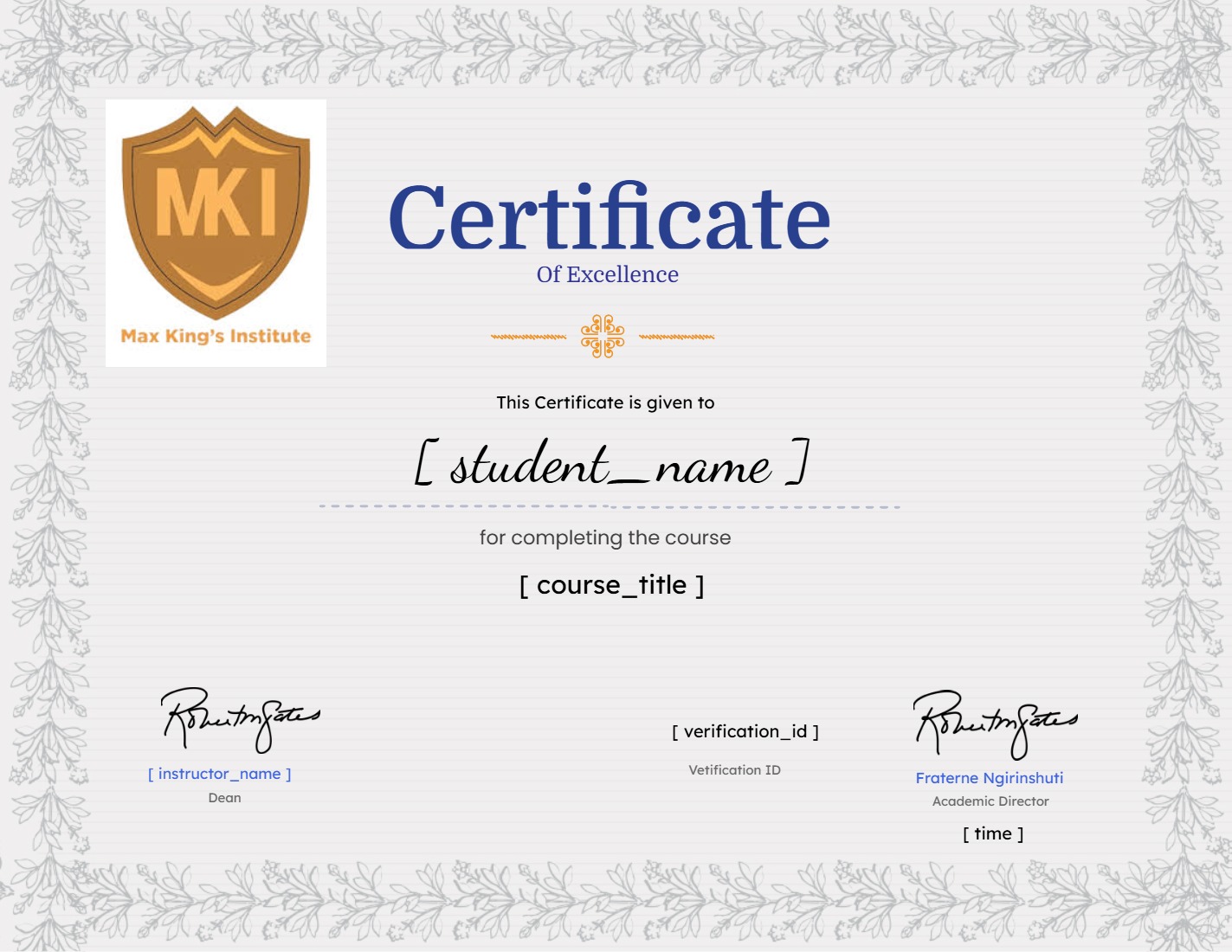Basic Life Support (BLS)
About Course
The Basic Life Support (BLS) Course provides essential training for healthcare professionals, emergency responders, and individuals who want to be prepared for life-threatening emergencies. This course covers high-quality cardiopulmonary resuscitation (CPR), the use of an automated external defibrillator (AED), and techniques for relieving airway obstructions in adults, children, and infants.
Course Objectives:
By the end of this course, participants will be able to:
✅ Recognize cardiac arrest and other life-threatening emergencies.
✅ Perform high-quality CPR for adults, children, and infants.
✅ Use an Automated External Defibrillator (AED) effectively.
✅ Provide rescue breathing and manage airway obstructions (choking).
✅ Work as part of a team in a resuscitation scenario.
✅ Understand the chain of survival and the importance of early intervention.
Course Content
Module 1: Introduction to Basic Life Support (BLS)
-
BLS Examination
Overview of BLS and its importance
Chain of survival and early intervention
Legal and Ethical Considerations in Basic Life Support (BLS)
Infection control and personal protective equipment (PPE)
When and how to activate emergency medical services (EMS)
Primary vs. secondary assessment
Module 5: Airway Management & Choking Relief
Final ASSESMENT
Earn a certificate
Add this certificate to your resume to demonstrate your skills & increase your chances of getting noticed.

Student Ratings & Reviews

